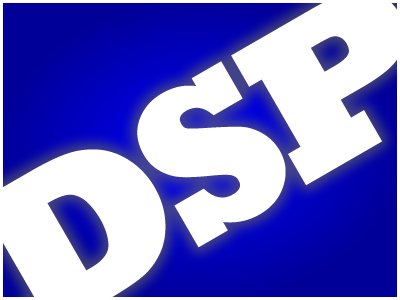
“I know you’re not standing on your front porch with a bag of money waiting for me to call you. But I’m not some 18-year-old selling a cure for AIDS. I’m 46 years old, I have 22 years market experience, I know this business. So pick up your skirt, grab your balls, and let’s go make some money” – a quote from the movie Boiler Room.
A trading desk conjures up this image of a stampede of brokers banging away on phones and desks covered in screens covered in graphs and flickering stats. The online advertising space has aggregated multiple ad exchanges and allows access to these exchanges through a single interface. This interface is called a DSP.
DSP is the new three letter acronym thrown around town. According to Wikipedia DSP is defined as
A demand side platform (DSP) is a system that allows digital advertisers to manage multiple ad exchange and data exchange accounts through one interface. Real time bidding for display online ads takes place within the ad exchanges, and by utilizing a DSP, marketers can manage their bids for the banners and the pricing for the data that they are layering on to target their audiences.
What the above definition means is that you are able to buy information of people that have performed a specific task and run a display campaign across a multitude of websites using a single interface targeting those people. Example – you are a car retailer and want to target people in the market for a new Holden. You can specify that you want your Holden ad to be shown to anyone who has searched for a new car, gone to the Holden website or a competitor website in the last 5 days. If that specific person goes to a news site within the network you can target them.
The concept of a using a DSP or running a campaign on Facebook sounds great. However in reality it requires someone to actively manage the campaign much the same as someone managing your Adwords campaign or your stock-portfolio. We have managed and optimized campaigns delivering $300 per minute. We have teams of people managing your campaigns so you don’t ever have to worry about one person leaving and you losing all the intellectual property gained. We are constantly sharing knowledge of what bidding strategy or network is performing and ensuring those learnings are applied across all the campaigns we are running.
We are constantly managing ROI by looking at eCPC as well as eCPAs. RTB needs a constant hands-on approach as well as incorporating ‘Real Time Page Level Semantic Analysis’ to ensure page-level control over brand safety, relevance and quality. Over and above the management there is also a need to ensure your tagging through your adserver is pulling through the correct impression and click data as well as managing delivery discrepancies.
As with any system there is a massive learning curve to get started. New naming conventions, tagging, setting up accounts, learning what works and what doesn’t. With a trading desk the time to market is immediate and you get the value of all the learnings the company has made across all their clients so you don’t go through the same pain figuring out what bidding methodology works.
If any of the above acronyms or process sounds a little hairy I would recommend that you enlist the help of a trading desk.
If you are already running your own account a quick way to check if the guys you are using know what they are doing is too look if they have set a budget. If they have capped the budget it means they aren’t actively managing the campaign. Why would you put a capped budget in place if you are meeting the CPA requirements?
Using a trading desk makes it easy for an advertiser to get all the benefits of features and targeting available on a DSP, without having to hire an online marketing specialist. The trading desk shoulders all the responsibility as you have bought a fixed amount of traffic at a fixed price, the same as buying 20,000,000 impressions on a website at $20 CPM the only difference is that the price is $2 CPM and you get massive amounts of targeting which no website can match.
Targeting
There are massive amounts of targeting available to the advertiser. If you have a good idea of who your target audience is we can target by
• Location
• Age
• Gender
• Interest
• Purchase Intent
• Site/Content Vertical
The trading desk covers the following networks and social media sites
• Admeld
• Google AdExchange
• Open Market
• Pubmatic
• Rubicon
Benefits of using a trading desk
• All of the benefits without the hassles
• Budget management, not too slow or too fast
• Experienced traders run your campaign
• Robust technology delivers results
• Return on investment
Speak to the 3di team about our Trading Desk product, available on our exclusive Performance Network – The Performance Network (TPN), check it out at www.tpn.com.au or give us a call on 1300 806986




